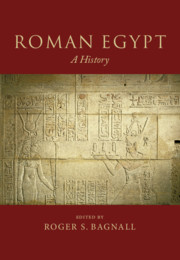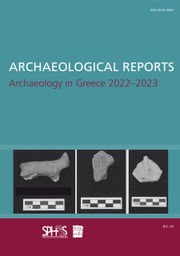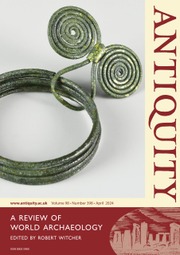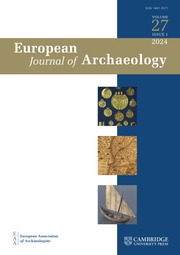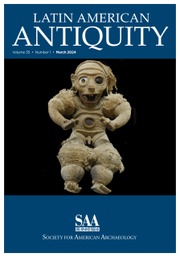Kellis
Kellis was a village in the Dakhleh Oasis in the Egyptian Western Desert inhabited continuously from the first to the late fourth century AD. Previously unexcavated, it has in recent decades yielded a wealth of data unsurpassed by most sites of the period due to the excellent state of preservation. We know the layout of the village with its temples, churches, residential sectors and cemeteries, and the excavators have retrieved vast quantities of artefacts, including a wealth of documents. The study of this material yields an integrated picture of life in the village, including the transition from ancient religious beliefs to various branches of Christianity. This volume provides accounts of the lived-in environment and its material culture, social structure and economy, religious beliefs and practices, and burial traditions. The topics are covered by an international team of specialists, culminating in an inter-disciplinary approach that will illuminate life in Roman Egypt.
- Provides the first holistic account of the discoveries at Kellis
- Describes in non-technical language the wider importance of these discoveries
- The diversity of material discussed allows the volume to serve as a guide to the archaeology of Roman Egypt
Reviews & endorsements
'This volume … not only reports about the last four decades of scholarship, but also contributes to the further study of ancient Kellis in all its aspects.' Mattias Brand, Biblioteca Orientalis
Product details
February 2024Paperback
9781009477512
514 pages
244 × 170 × 26 mm
0.986kg
Available
Table of Contents
- Part I. Introduction:
- 1. Kellis in Context Colin A. Hope
- Part II. The Domestic Environment:
- 2. Houses, Households, Household Activities Colin A. Hope and Gillian E. Bowen
- 3. Paintings from Domestic Contexts Helen Whitehouse
- 4. Crafts Colin A. Hope
- 4.1. Basketry, Leatherwork and Cordage Gillian E. Bowen
- 4.2. Ceramics Colin A. Hope
- 4.3. Glass Marie-Dominique Nenna
- 4.4. Textiles Rosanne Livingstone
- Part III. Aspects of Life at Kellis:
- 5. Society and Social Structure Roger S. Bagnall
- 6. The Economy
- 6.1. Local Economy Roger S. Bagnall
- 6.2. Plant Husbandry and Local Subsistence Ursula Thanheiser
- 6.3. Coinage Gillian E. Bowen
- 7. The Administration of Kellis and Dakhleh Oasis Andrew Connor
- 8. Literacy Andrew Connor
- 8.1. Greek Andrew Connor
- 8.2. Coptic Iain Gardner
- 8.3. Demotic Günter Vittmann
- 8.4. Hieroglyphic Egyptian Olaf E. Kaper
- 8.5. Latin Andrew Connor
- 8.6. Writing Materials Colin A. Hope
- Part IV. The Religious Context:
- 9. The Pharaonic and Classical Religious Complexes and the Cult of Tutu Colin A. Hope, Gillian E. Bowen and Olaf E. Kaper
- 10. Painted Decoration in the Main Temple Complex Helen Whitehouse
- 11. The Churches Gillian E. Bowen
- 12. Types of Christianity: History and Spread, Organisation, Practices and Literature Iain Gardner
- Part V. Burial Practices and Population:
- 13. The Traditional Cemeteries of Kellis Colin A. Hope, Judith Mckenzie and Carlo Rindi Nuzzolo
- 14. Christian Burial Practices Gillian E. Bowen
- 15. Revealing Life through Death: A Review of the Bioarcheological Studies of Human Remains Tosha L. Dupras, Sandra M. Wheeler, Lana J. Williams and Peter G. Sheldrick
- Part VI. Concluding Remarks:
- 16. The Abandonment of Kellis Colin A. Hope and Gillian E. Bowen.



